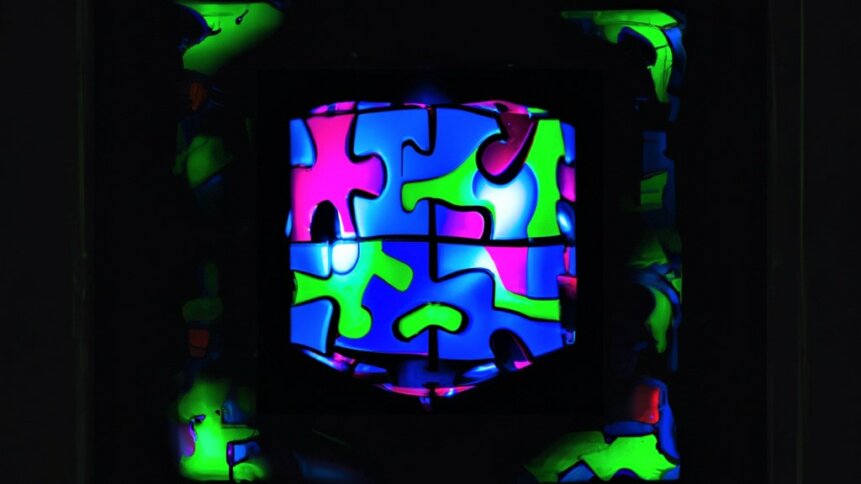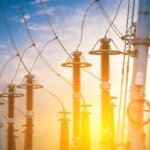Smart electricity grid sensors solve power puzzles

|
Getting your Trinity Audio player ready...
|
Renewable energy, while very much welcome in helping to combat climate change, does bring new variables to managing an increasingly complex electricity grid. But solutions providers are rising to the challenge, using a combination of big data analytics and smart electricity grid sensors to give operators a suite of upgraded monitoring options.
Rewards of a digitized grid
“Both utility providers and the general economy can benefit from a digitized grid,” Amir Cohen – founder and CEO of EGM, an electrical grid monitoring provider headquartered in Israel and with offices in the US – told TechHQ. “Systems can reduce renewable connection queues [through improved risk management] and also reduce the cost of maintenance.”
Self-learning, EGM’s network of multi-sensing units – installed on electricity lines – gives electricity suppliers high-resolution visualization of the full grid and can provide predictive fault alerts. “The control room knows within 30 seconds where the fault is,” Cohen explains. “Sustained outages can be reduced by 50%, and sometimes by up to 90%.”
Running an electricity grid is no easy task with operators having feet in the past (unable to rip out and replace legacy equipment wholesale) and the future (needing to be flexible and fully digital to manage the demands of intermittent renewable energy).
🇪🇺EU Commissioner for Energy @KadriSimson visited us at the #EUSEW2023 Energy Fair! ⭐️It was such an honor.
🕶️We showed her the Real-Time 3D visualization of one of the Wind farms monitored and controlled within the scope of @TRINITY_h2020 project. #RenewableEnergy #H2020 pic.twitter.com/GjPSgtzxLo— TRINITY_H2020 (@Trinity_H2020) June 20, 2023
The trend is to move towards microgrids that separate electricity networks into smaller zones to avoid large-scale blackouts. But with some parts of the US still running on systems that are decades old, that dream is a way off from becoming a reality. However, smart electricity grid sensors do help operators to incorporate new architecture, while managing current infrastructure.
“EV charging creates large spikes,” Cohen comments, pointing to current grid challenges. “Only full digitalization with significant sensor and analytics integration can manage it.”
What is the grid?
The power grid or electricity grid is evolving. Historically, the prime concerns were transmission and reliability – connecting major power stations with large numbers of users. But today’s energy supply is increasingly diverse and storage needs are rising. At a high level, networks include step-up transformers to transport electricity more efficiently over long distances (the greater the voltage, the lower the power loss in transmission). And on the consumption side, electricity networks require a corresponding series of step-down equipment to condition the power for use by industrial and domestic customers.
Other notable features include so-called peaker power plants, which are used by utilities operators to fill gaps in energy supply when electricity demand spikes. Scenarios include providing peak power during a heat wave when everyone in the city has their air conditioning maxed out. But as the use of renewables has grown, peaking plants are stepping up in other ways too. And the growth in these deployments points to how smart electricity grid sensors help operators.
For example, consider transitory clouds that appear in the sky above an array of photovoltaics. Now in the shade, the output from the solar panels will fall until the clouds pass by. Likewise, when the wind drops around an installation of green energy turbines the contribution made to the grid dips. And those losses in electrical generation need to be plugged – assuming that customer demand for power remains high.
Modern natural gas-burning modular peaker power plants can be up and running in as little as two minutes. And this fast response makes them ideal for countering supply volatility – one of the power management headaches that goes hand in hand with adding significant amounts of renewable energy sources to the grid.
Another way of dealing with intermittent sources of power is to add large battery arrays to the electricity network, allowing the grid to not just transmit energy, but to store it as well. Banks of lithium-ion battery packs help to buffer renewable energy input, which is essential in locations such as the UK where weather systems are notoriously changeable.
In fact, the UK is home to one of the largest battery storage facilities in Europe. The site – located outside the city of Hull, inland from the North Sea – stabilizes the national energy grid, which is fed by the massive Dogger Bank offshore wind farm. And this is only the beginning. The number of battery facilities is likely to have to grow tenfold, according to industry estimates, to manage the planned growth in renewable power generation.
Other developments include the electrification of heat as governments look to encourage homeowners and businesses to install lower carbon-footprint solutions, such as electric heat pumps. Also, there’s the rise of electric vehicles (EVs) to consider, which could soon disrupt the grid if large numbers of owners chose to fast-charge their cars at the same time.
In the future, however, EVs could also contribute to and store grid energy if electricity networks were configured to tap into this decentralized battery resource.
Prior to the rise of renewables and growing demand for plug-in EV charging, managing the electricity grid was arguably much more straightforward. But today – and increasingly so in the future as the number of solar and wind power installations and EVs ramps up – demand patterns are more complex.
Location and synchronization
Systems need to be able to respond to changing dynamics, and ideally learn what this new behavior looks like. And then there’s the issue of power source location.
Studies have shown that in the US, sites ideal for wind or solar don’t necessarily correspond to regions of high population density. Energy will need to be transmitted over long distances to fulfill the needs of customers looking for cleaner electricity. And when there’s a shortfall, top-up power – which may be sourced locally – needs to be synchronized with longer-distance supplies to avoid impacting electrical grid capacity and quality.
The challenges of modernizing power distribution are significant, but so are the rewards, and smart electricity grid sensors are definitely part of the solution, as are other analytical tools such as digital twins in power generation.










